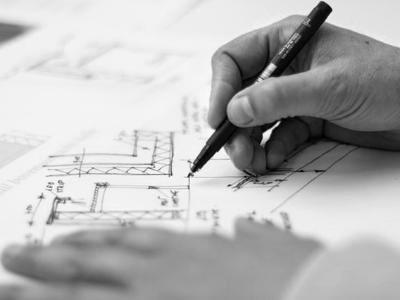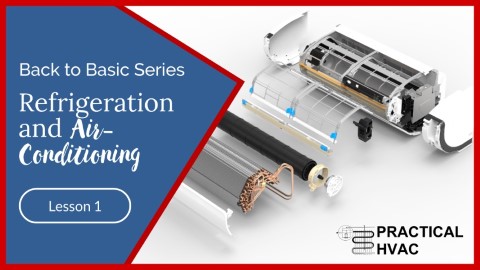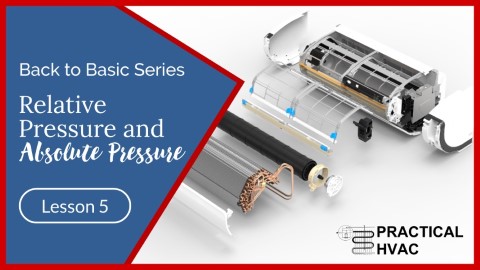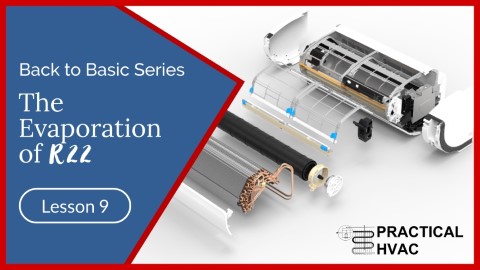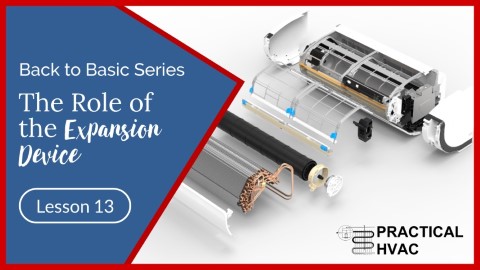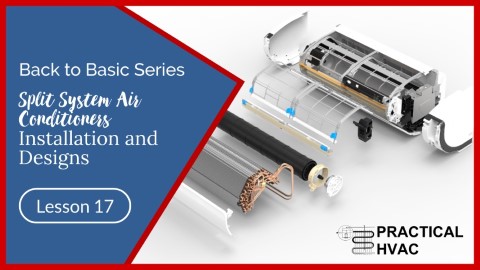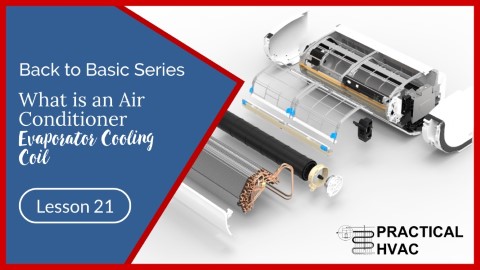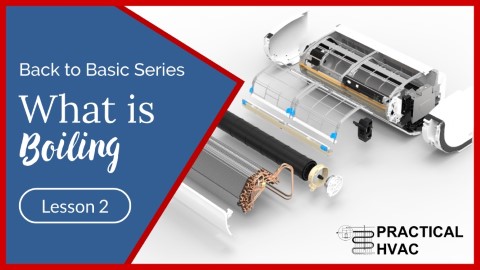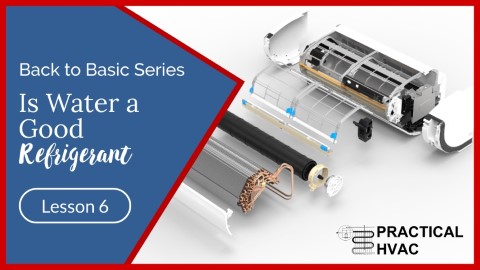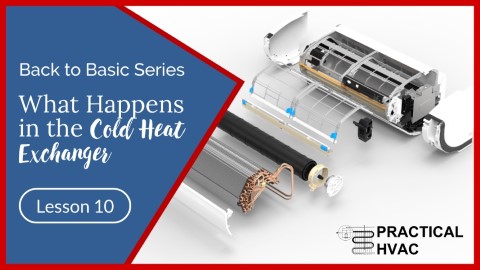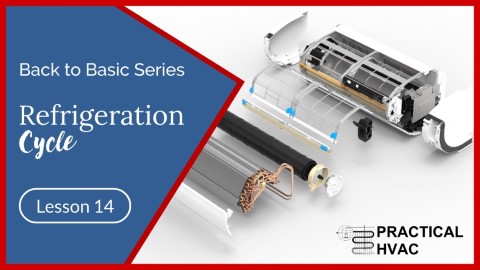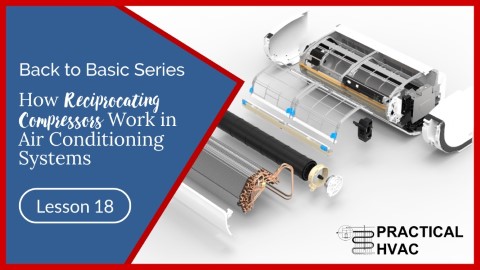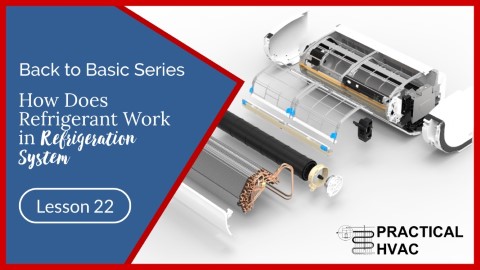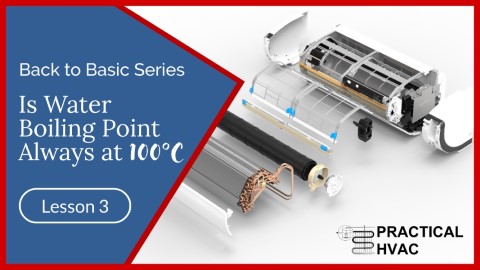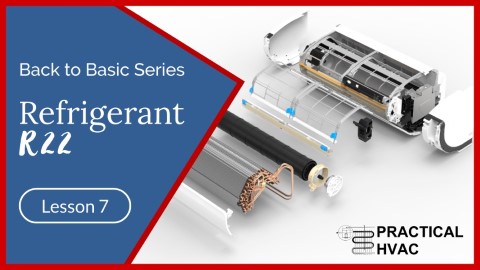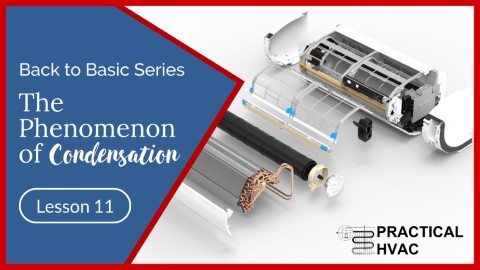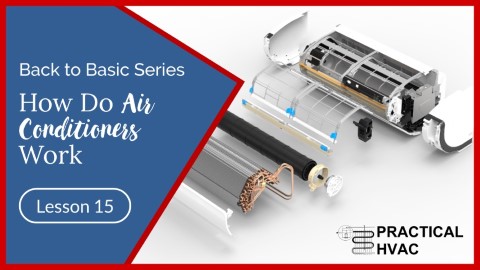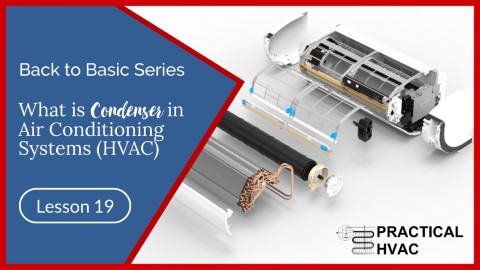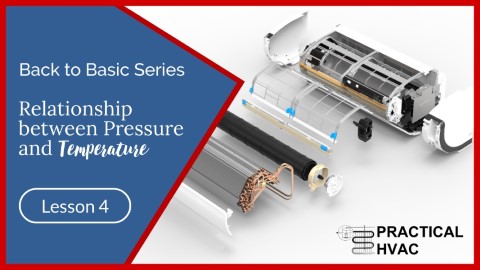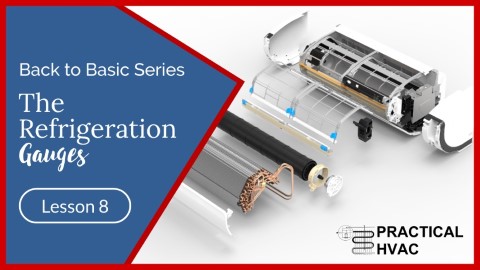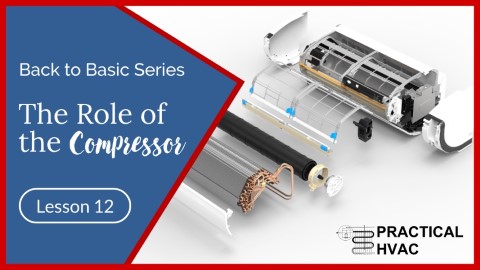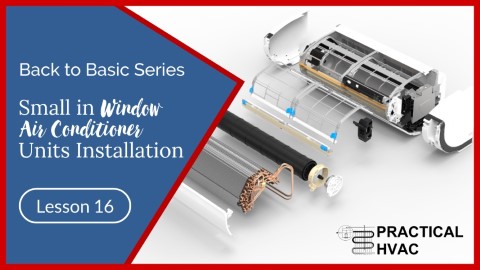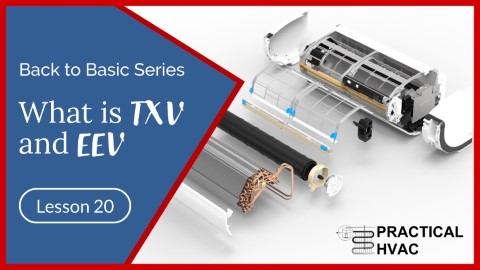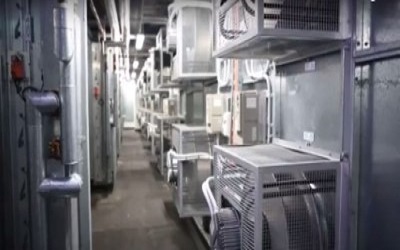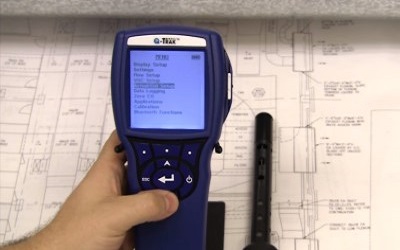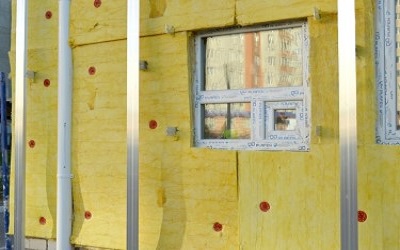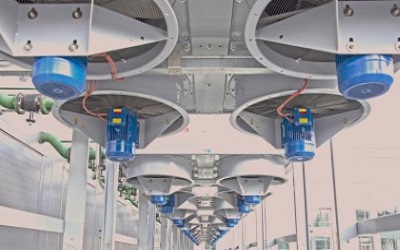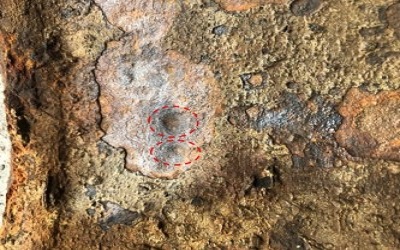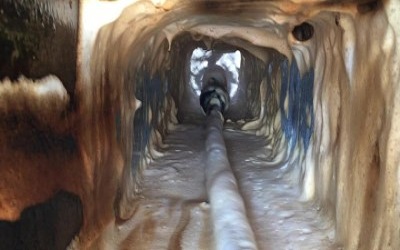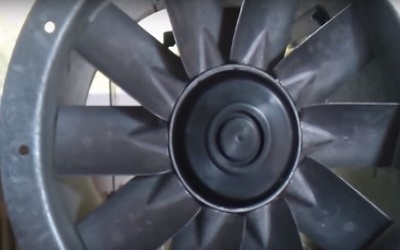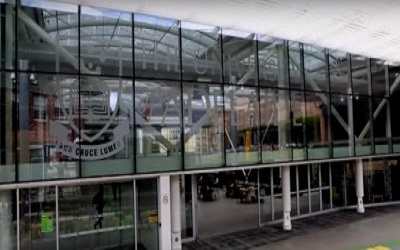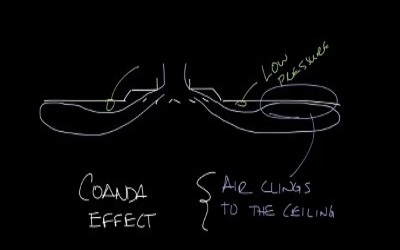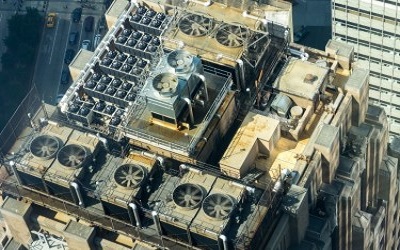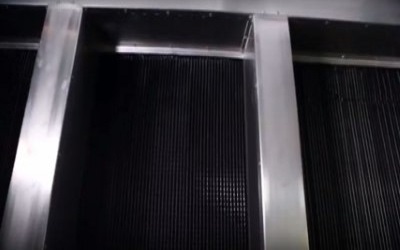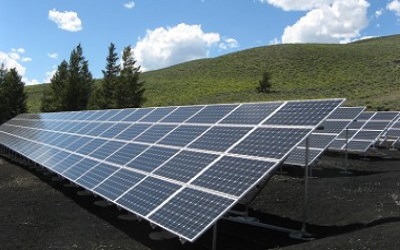Practical HVAC
Practical HVAC
The modern industrial, commercial or office building consists of many sophisticated systems; these systems include foundation and support structures, electrical and lighting and plumbing and fixtures. Another major part of any building that often taken for granted by its inhabitants is the HVAC system.
A practical consideration for HVAC is air quality, it is an essential to maintain productivity, comfort and health of the occupants and it should not be trivialised. Recirculated conditioned air can carry contaminants which contribute to respiratory illness. Good indoor air quality and temperature are the two fundamental criteria in the design of an HVAC system. It is the HVAC systems job to remove contaminants and dust from the air using filters at various stages. As crucial as this consideration is in an average office or commercial building, this feature is even more critical in facilities that contain clean rooms, medical facilities or hazardous materials.
Our concerns regarding the HVAC system do not end with health; energy-efficient is another essential factor in consideration with the spiralling cost of fuel, HVAC systems must also be efficient and economical. Energy-efficient HVAC systems might incorporate variable air volume designs, use of indirect evaporative cooling and etc. Including components designed for operation at low pressures, using digital control systems and high efficiency electronically commutated fan. Or implementing mechanisms for reclaiming heating or cooling benefits from exhaust and intake outside air.
A few words
Not all HVAC systems are created and installed equally; some consume more energy than others. It is critical to consider the life cycle costing of any proposals. Systems like packaged air conditioners have an expected life of about ten to 15 years compared to 25 to 30 years for the central chilled water system.
Practical HVAC Designs
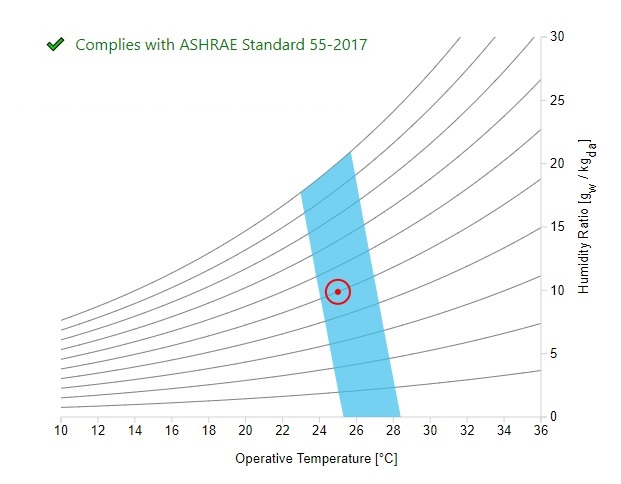
Read more: The physiological basis for air conditioning
Read more: HVAC Challenges and Beyond
What is this site about
From Basic HVAC Designs to Advance Troubleshooting
Related
Read more: Fan wall
Read more: How to verify the percentage of outside air in an enclosure
Read more: BCA Part J5 Air-conditioning system control
Read more: Microbial Induced Corrosion (MIC) in Pipes
Read more: Is your kitchen exhaust system a fire hazard
Read more: What is coanda effect
What is HVAC
HVAC stands for heating, ventilation and air conditioning. The test of an HVAC system lies in its ability to deliver conditioned air to the occupant; air from the ductwork, enters the occupied space through grilles registers or diffusers.
